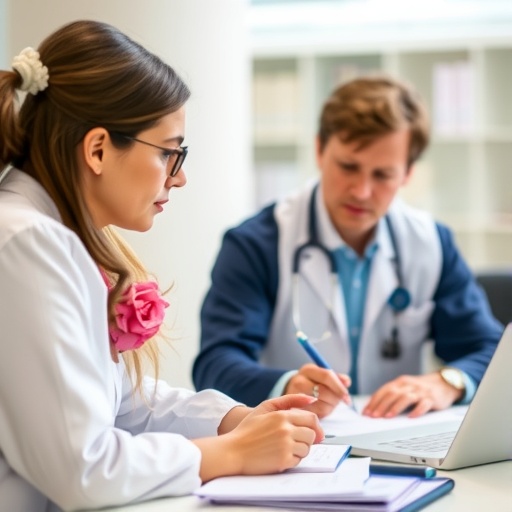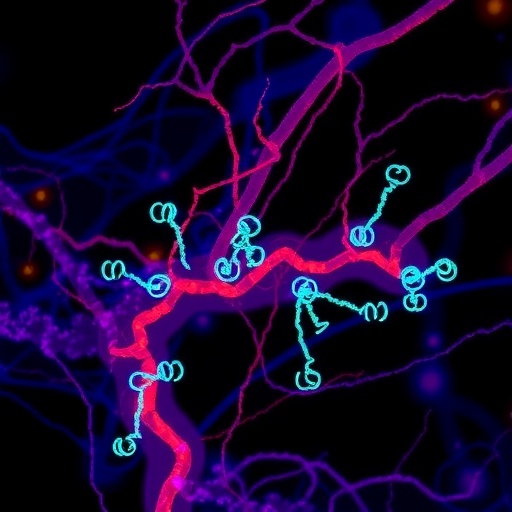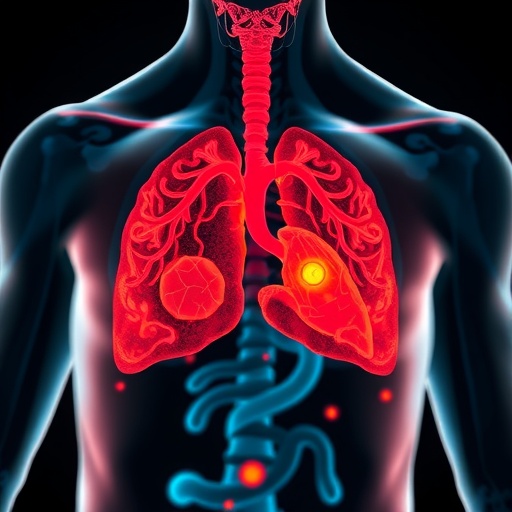
In recent years, the bridge between academia and industry in the fields of biomedical engineering and education has become a crucial focus for educators and researchers alike. The integration of Good Laboratory Practice (GLP) in educational programs has emerged as a significant trend in nurturing capabilities that not only enhance academic rigor but also meet the expectations of the industry. This growing emphasis on GLP underscores the importance of providing future professionals with the skills and knowledge necessary to navigate the complexities of biomedical research and engineering.
The concept of Good Laboratory Practice revolves around establishing a framework that ensures quality and consistency in laboratory settings. Originally developed to improve the quality of laboratory data in regulatory affairs, GLP is now being adapted for educational settings where students are trained to conduct research. This transformational approach highlights the need for academic institutions to align their curricula with industry standards, thereby fostering a more seamless transition for students entering the workforce.
Incorporating GLP into biomedical and bioengineering education not only enhances scientific integrity but also instills a culture of responsibility and accountability among students. By embracing these practices, educational institutions set a precedent that emphasizes the importance of ethical research conduct. Such an environment encourages students to develop meticulous methodologies and fosters a deep understanding of compliance with regulatory requirements, ultimately producing competent professionals ready to tackle real-world challenges.
One of the key benefits of integrating GLP into existing academic frameworks is the immediate relevance it provides to the curriculum. Students trained under these guidelines are better equipped to face industry-specific challenges and are often viewed as assets by prospective employers. The alignment of educational offerings with industry expectations creates a workforce that not only possesses theoretical knowledge but also practical skills that are highly sought after in the marketplace.
To achieve effective integration, educators need to adopt innovative teaching methods that allow for a hands-on experience. By simulating real-world laboratory conditions during training, students can practice GLP principles in a controlled environment. This immersion empowers them to understand the significance of protocols, standard operating procedures, and documentation practices—all of which are cornerstones of GLP. Such educational approaches create high-impact learning experiences and foster a deeper understanding of the intricate relationship between research and industry applications.
Moreover, the collaboration between academic institutions and industry stakeholders is essential for successful GLP implementation. Partnerships can facilitate the exchange of knowledge and resources, ensuring that educational programs remain relevant and up-to-date with current scientific advancements. Industry experts can provide valuable insights into emerging trends and demands, allowing academic curricula to evolve in tandem with technological progress.
As institutions embrace GLP, there has been a marked improvement in student engagement and interest in research careers. Exposure to industry-standard practices instills confidence in students, empowering them to contribute meaningfully to ongoing scientific endeavors. Recognizing the significance of GLP cultivates a research culture that emphasizes reliability and reproducibility, which are vital qualities in biomedical research.
In addition to identifying effective pedagogical methods, assessing the impact of GLP integration in educational settings is critical for ongoing enhancements. Gathering feedback from students and faculty about their experiences can provide insight into the strengths and weaknesses of the current curriculum. Such evaluations can help refine educational practices, ensuring that they foster the development of competent professionals prepared for the workforce.
The role of technology cannot be overlooked in the integration of GLP in education. Modern educational technologies can assist in the implementation of GLP principles by providing online resources, virtual laboratories, and simulation tools that illustrate GLP protocols. These digital platforms facilitate a more thorough understanding of practices, making the learning process engaging and accessible regardless of geographical constraints.
Furthermore, incorporating GLP into research projects fosters a culture of collaboration and teamwork among students. As they work together to adhere to GLP principles, they learn invaluable skills including communication, problem-solving, and project management. These competencies are essential in today’s collaborative work environments, ensuring that graduates are well-equipped to succeed in multidisciplinary teams.
Universities that prioritize GLP integration will likely witness an increase in research opportunities and funding. Entities that recognize the importance of quality and integrity in research are more inclined to invest in programs that demonstrate a commitment to GLP, thus enhancing the potential for groundbreaking discoveries. This not only benefits students and faculty but also contributes to the advancement of the wider biomedical and bioengineering fields.
Finally, the commitment to integrating Good Laboratory Practice into biomedical and bioengineering education fosters a culture that prioritizes rigorous scientific inquiry. As future leaders in the field embrace these principles, the overall quality of research is expected to elevate, paving the way for innovations that can lead to improved healthcare outcomes. The findings from effective implementation will serve not only to inform future educational practices but also to enhance the global scientific community’s efforts in addressing pressing health challenges.
In conclusion, the integration of Good Laboratory Practice into academic frameworks for biomedical engineering is more than a trend; it is an essential evolution that strengthens the competencies of the next generation of professionals. Bridging the gap between academia and industry, GLP provides a roadmap for enhanced educational practices, fosters student engagement, and ultimately contributes to the integrity and quality of scientific research.
Subject of Research: Integration of Good Laboratory Practice (GLP) in Biomedical and Bioengineering Education
Article Title: Integrating Good Laboratory Practice (GLP) into Biomedical and Bioengineering Education: Bridging Academia and Industry
Article References:
Hernandez, F.J., Elliston, J. & Altimiras, J. Integrating Good Laboratory Practice (GLP) into Biomedical and Bioengineering Education: Bridging Academia and Industry.
Biomed Eng Education (2025). https://doi.org/10.1007/s43683-025-00184-8
Image Credits: AI Generated
DOI:
Keywords: Good Laboratory Practice, Biomedical Engineering, Education Integration, Industry Standards, Research Skills
Tags: aligning curricula with industry standardsbiomedical engineering education trendsbridging the gap between academia and industryenhancing academic rigor in biomedical researchfostering responsibility in laboratory settingsGLP framework for educational programsGood Laboratory Practice in educationintegrating academia and industry in biomedicalpreparing students for workforce in biomedical fieldsquality assurance in laboratory trainingtraining students in ethical research conducttransforming biomedical education practices




